Advice from a tree farmer
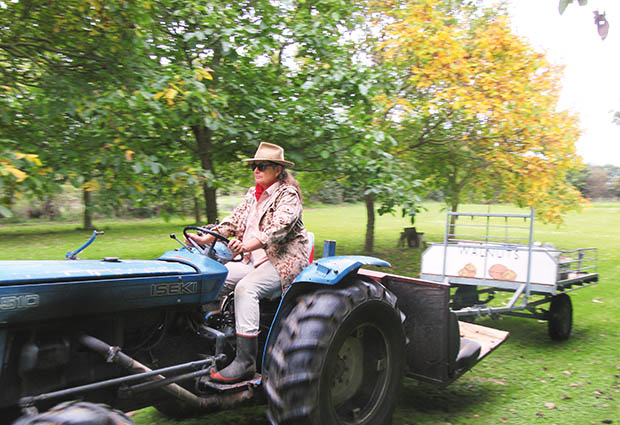
There are two types of trees: the ones you want to shelter, feed, protect, and warm you, and the trees you need to plant first. Hel Loader shares 40 years of advice from her life as a tree farmer.
Words & images: Hel Loader
Who: Hel Loader
Land: 16ha
What: 3000+ fruit and nut trees (predominantly walnuts, chestnuts, hazelnuts), plus free-range, nut-fed Berkshire pigs
Where: Kai Iwi, 20 minutes north-west of Whanganui
Web: Nuts ‘n May
I look after 1000 walnut trees on my own. Yes, I’m probably mad to do it.
They’re the profit-makers that cover a large part of Nuts ‘n May Farm, along with thousands more trees that play a supporting role, providing food, shelter, timber, water, nitrogen, pollen, soil stabilisation, and even air-conditioning.
Walnuts were always intended to be a long-term, profitable business for our family. People often ask me how long it takes to get a return from them; for me, the return starts from the moment a tree is planted. For most others, growing trees can have a negative financial impact on a farm for several years until they become established. For example, as the trees grew, we couldn’t continue to grow barley or harvest hay, and our stocking levels needed to be adjusted to fit the reduced grazing area.
We staggered plantings, so we could still produce an income from the farm while the trees established. It can take 20 years for a walnut tree to become a reliable cropper for commercial farming, but they can last for over 200 years.
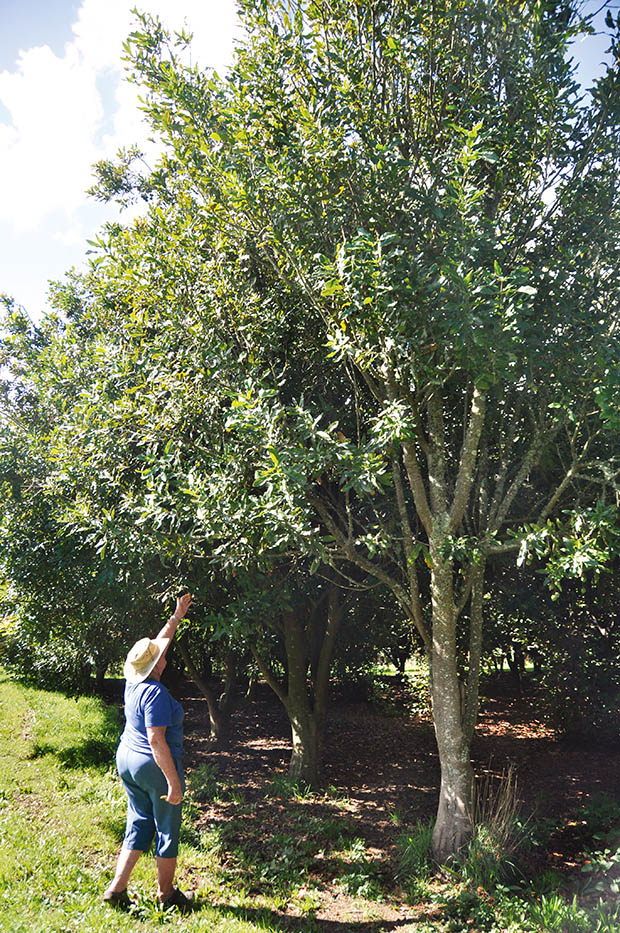
6+ THINGS TREES CAN DO FOR YOU
The two most common reasons people plant trees are as a timber crop or for wind protection, but trees have so many other benefits.
Trees need water – and sometimes watering – but once established, their deep roots suck up moisture from deep underground. They then release any surplus near the soil surface, helping to hydrate shallow-rooted plants like grass.
Trees reduce light levels, which can inhibit grass growth, but they also act like air conditioning units, creating microclimates that provide a beneficial growing environment for surrounding plants.
Some trees fix nitrogen in the soil, helping to feed themselves and, in time, the plants around them. The root systems can also improve and stabilise soil, and fallen leaves help build soil structure.
Tree canopies help keep the soil cooler, offsetting the effects of droughts – our farm stays green even when those around us are brown and dusty.
Finally, trees provide food: crops for us, fodder for stock, and pollen and nectar for bees and other insects.
HOW SOME TREES CREATE THEIR OWN FOOD
Some plants ‘fix’ nitrogen in the soil. Clover is crucial for its role in fixing nitrogen in soil on NZ farms.
Tagasaste (tree lucerne, Chamaecytisus palmensis) is a highly nutritious fodder tree that also fixes nitrogen.
Nitrogen-fixing plants and trees partner with soil microbes, turning atmospheric nitrogen gas into a form of nitrogen available to plants to use for growth.
‘Fixers’ also help return nitrogen to the soil when they drop their leaves.
Research has found the presence of trees that fix nitrogen could double the amount of carbon a forest stores in its first 30 years of regrowth. At maturity, forests with nitrogen fixers capture up to 10% more carbon dioxide than forests without them.
Source: Cary Institute of Ecosystem Studies
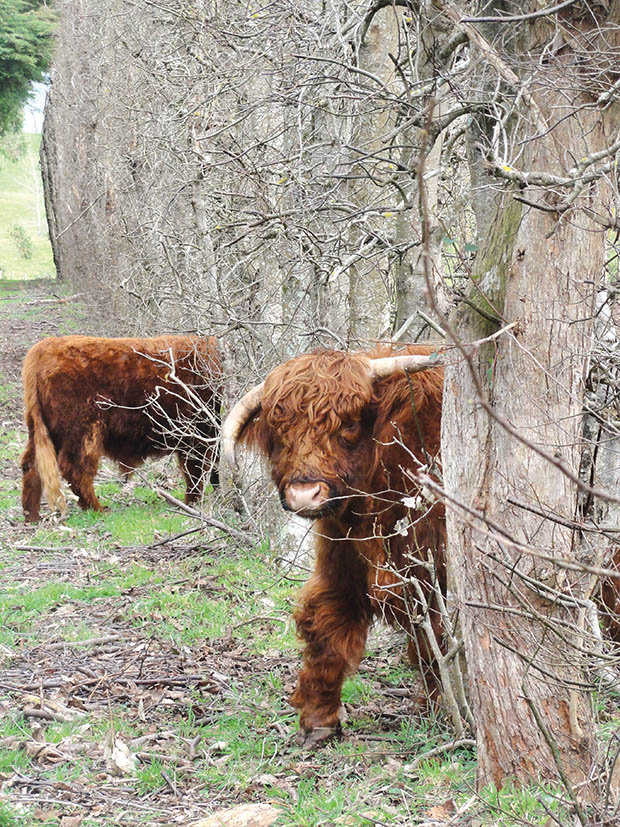
3 WAYS PLANTING TREES CAN GO WRONG
Some trees have foliage that’s toxic to stock, such as tutu, ngaio, and yew. Others are believed to cause abortions in stock, such as members of the cypress family, particularly macrocarpa (Cupressus macrocarpa).
Weed trees can be an issue, such as pine trees, and some varieties of wattle and sycamore.
Good trees in a bad place are also a common problem, such as those planted underneath powerlines or right up against buildings. Another is shelter trees on boundaries that eventually cause extensive shade and leaf drop on roads, leading to accidents.
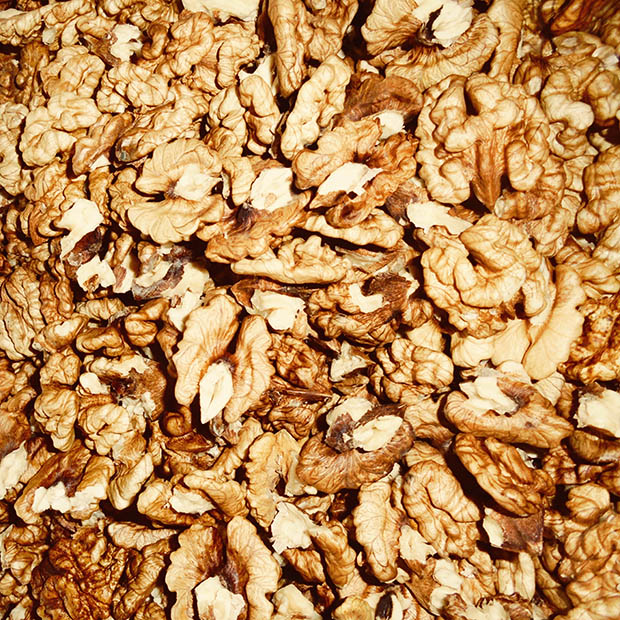
ANSWERS TO COMMON QUESTIONS ABOUT GROWING WALNUTS FOR PROFIT
No, you don’t get carbon credits – hedges and cropping trees aren’t included in the New Zealand Emissions Trading Scheme (ETS).
Yes, it can take 20 years for our walnut trees to come into commercial production. A grafted tree will produce walnuts while very young, but the numbers don’t start to add up until it’s at least 15 years old.
No, not all walnut trees are the same.
• Forms of the English or Persian walnut (Juglans regia) are the basis of commercial nut cropping farms and can produce beautiful timber.
• The American black walnut (Juglans nigra) isn’t great for nuts. It does produce the most desirable timber, but it takes 100 years to reach milling height.
• The fast-growing Japanese walnut (Juglans ailantifolia) is a weed tree in New Zealand and isn’t good for timber either.
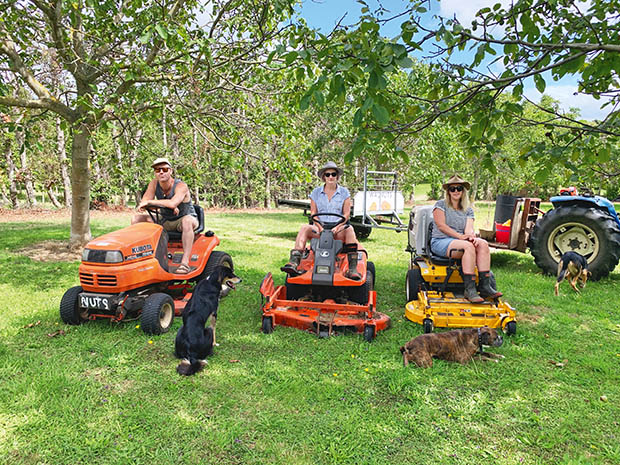
Regular mowing is an important part of maintaining a nut orchard like Hel’s.
6 reasons why this tree is a favourite shelter option on Nuts ‘n May
There are many types of shelter trees on Hel’s Whanganui block, but one stands above all others.
Alders are the favourite of her mother Diana Loader, a legend in NZ tree cropping circles. She established the trees on the farm with husband Walter when they bought the land in 1987.
Diana started from scratch, sowing the seeds, potting the seedlings into root trainers, then planting them out. She got an almost perfect strike rate – “I lost two out of 6500”.
She’s very fond of alders for several reasons:
• lots of varieties to suit different climates and soils;
• easy to grow from seed;
• they grow a centre stem – “like a carrot, nice and straight”, says Diana – but have small side branches, so they’re easy to prune and don’t form big bushy tops;
• their roots go deep, so they don’t rob nutrients and moisture from surrounding plants, such as grass;
• they’re deciduous, letting in light over winter.
The key to their success as shelter is regular pruning.
“Our alders took no damage (in a big 2012 storm), but they’re all pruned,” says Diana. “Every year, we cut them down to 20ft (6m) – they grow 10ft (3m) every season and we cut that off.
We do have some unpruned alders that stood up to the wind though, they’re about 40ft (12m).”
The timber quality isn’t an important criterion for Diana, but it’s pretty impressive.
“It’s excellent. The piles of the city of Venice have been underwater for 500-600 years and they’re all alders, so I believe.”
Depending on your location, good varieties include:
• South Korean alder (Alnus japonica);
• Red alder (Alnus rubra);
• Grey alder (Alnus incana)
Love this story? Subscribe now!
 This article first appeared in NZ Lifestyle Block Magazine.
This article first appeared in NZ Lifestyle Block Magazine.
